The Dawn of Smart Cities: Redefining Urban Living with 15-Minute Cities and Robotic Autonomy

The concept of the 15-minute city, where every essential service is just a short walk or bike ride away, is rapidly transitioning from visionary urban planning to tangible reality. At the heart of this transformation are smart cities - urban landscapes intelligently designed to foster efficiency, sustainability, and quality of life. In these cities of tomorrow, the integration of autonomous delivery systems and smart transportation is not just enhancing the urban fabric but also revolutionizing the very essence of city living.

The 15-Minute City: A New Urban Paradigm
The 15-minute city model is an innovative urban planning concept that envisions a future where residents have access to all essential services within a 15-minute reach by foot or bicycle. This model promotes a decentralized, yet connected approach to urban living, minimizing the need for long commutes and reducing the carbon footprint. By prioritizing accessibility, the 15-minute city fosters vibrant, community-focused neighborhoods, enhancing the social, economic, and environmental well-being of its inhabitants.
The Role of Autonomous Delivery in Urban Ecosystems
In the realm of smart cities, autonomous delivery systems are emerging as pivotal players. These robotic couriers, be it drones or ground-based vehicles, are redefining logistics. From delivering groceries and packages to providing on-demand food delivery, these autonomous systems ensure that the convenience of urban living is just a click away. Seamlessly integrated into the urban infrastructure, they navigate the cityscape with precision, offering a reliable, efficient, and eco-friendly delivery solution.

Revolutionizing Transportation: Autonomous Cars and Shared Mobility
The fabric of smart cities is further enriched by the introduction of autonomous cars and shared mobility solutions. These self-driving vehicles promise to transform urban transportation, making it safer, more efficient, and accessible. With the potential to significantly reduce traffic congestion and accidents, autonomous cars contribute to creating a more sustainable urban environment. Moreover, the shared mobility model maximizes the utility of vehicles, reducing the need for personal car ownership and paving the way for more green spaces and pedestrian-friendly zones.

The Synergy of Technology and Urban Living
The fusion of 15-minute cities with robotic autonomy and smart transportation creates a synergy that transcends the traditional urban experience. The convenience of having amenities and services within a short reach, combined with the efficiency of autonomous delivery and transportation, cultivates an urban ecosystem that is not only vibrant and resilient but also harmoniously aligned with sustainability goals.

Navigating the Path Forward: Challenges and Collaborations
As we steer towards the future of smart cities and 15-minute living, the journey is accompanied by challenges and opportunities for innovation. Establishing robust cybersecurity measures, ensuring the ethical use of technology, and fostering public-private partnerships are crucial for realizing the full potential of this urban evolution. Collaboration among city planners, technology providers, and community stakeholders is key to creating urban spaces that are not only smart but also inclusive, sustainable, and reflective of the collective aspirations of their inhabitants.
In conclusion, the advent of smart cities and the 15-minute city model, augmented by the prowess of autonomous delivery and smart transportation, heralds a new dawn in urban living. As we embrace this transformative journey, our cities are poised to become more connected, more resilient, and more attuned to the needs and well-being of every individual. The future of urban living is here, and it promises a harmonious blend of convenience, sustainability, and community, all within a 15-minute reach.








